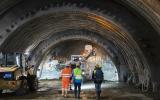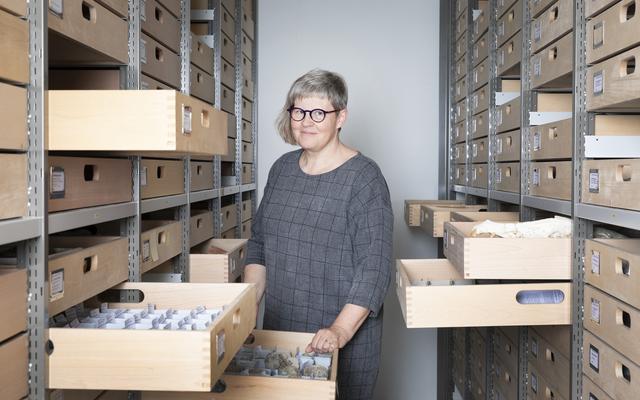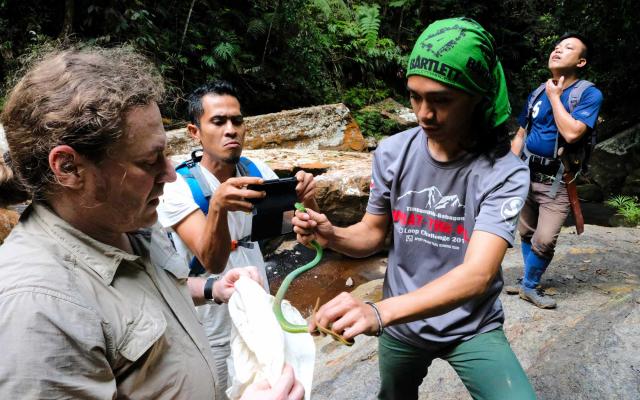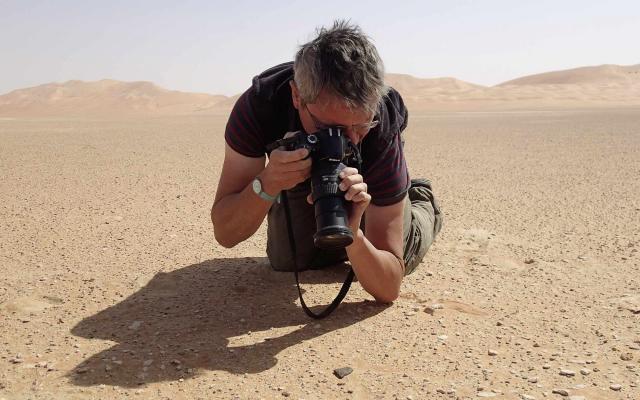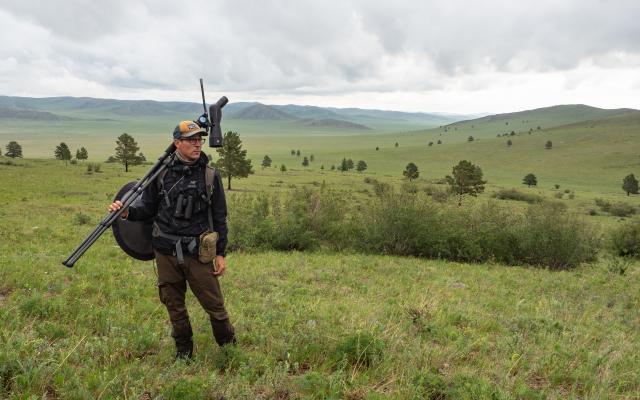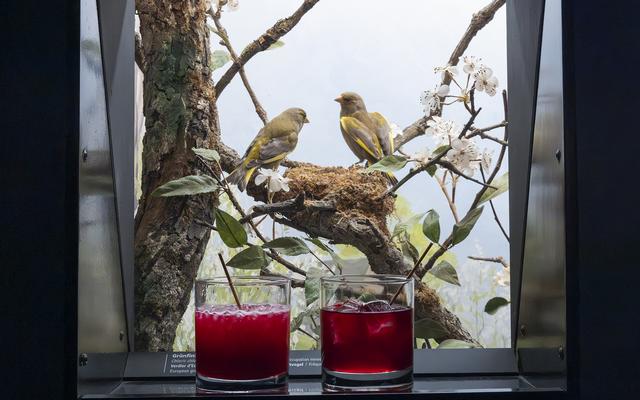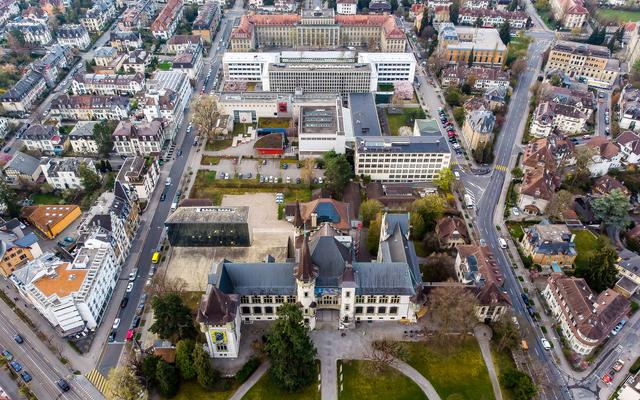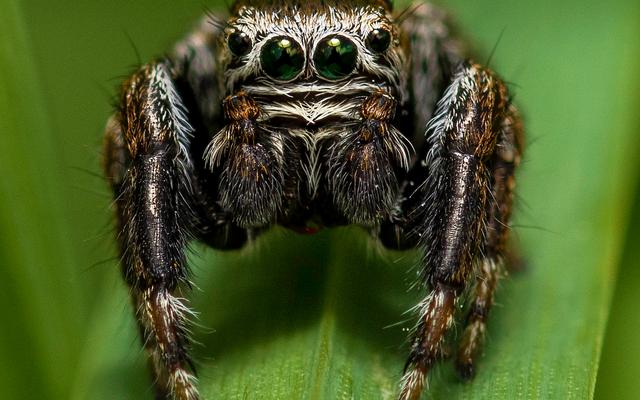By 2027, RBS will be building a new underground railway station as part of the overall "Zukunft Bahnhof Bern" project of SBB, RBS and the city of Bern. In the process, rock strata will become accessible that are otherwise hidden, a unique opportunity for the palaeontologists of the NMBE. Thanks to the goodwill of the project management on the part of RBS, the tunnel excavation has already been examined several times. Of particular interest is the "Lower Freshwater Molasse". When this rock layer was formed, Bern was still in the subtropics: compared to today, 20 million years ago a very different animal and plant world inhabited what is now Central Europe. Large construction projects such as the "Bern Station of the Future" are a stroke of luck when it comes to researching them. Thanks to the close cooperation with the RBS, palaeontologist Ursula Menkveld and her team have already been able to secure some finds.
The construction sites of the railway station extension lie underground in rocks that are a good 20 million years old. At that time, river flows brought huge amounts of debris from the Alps to what is now the Central Plateau, resulting in sandstones and mudstones, the Lower Freshwater Molasse.
Fossils came to light in these deposits during the construction of the Tiefenaustrasse around 1850 and also at the construction site of the Neufeld Tunnel 10 years ago. The most spectacular find so far was a skull of an early rhinoceros. The finds reveal that more than 20 million years ago, deer, martens, pigs, turtles, snails and other animals lived here in Bern in addition to rhinos. Plant finds show that a subtropical climate prevailed.
Several steps to success
Since December 2020, the NMBE's palaeontology department has been regularly searching for fossils at the Bierhübeli construction site. So far, fossilised snails, pieces of bone and teeth and jaw fragments of rodents have been found. These successes are hard-won: on the construction site it takes a keen eye to discover potentially fossil-bearing rocks. Back at the museum, the collected rocks are broken up and searched for fossil remains. The fossils found are freed from the rock with the utmost care. Only then can they be examined more closely under the microscope and identified. But the effort is worth it, says Ursula Menkveld, because the railway station construction site provides a unique opportunity to learn more about the habitat in Bern 20 million years ago.
Throughout the construction period, the Natural History Museum Bern will report on its research work at the construction site. You can find exciting news on the website and on social media under the keyword #railwaystationrhinoceros.
